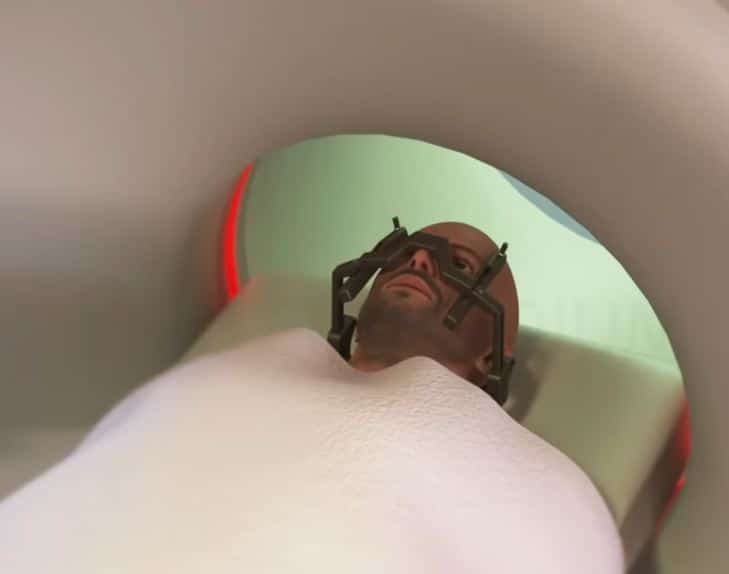People with disorders like Parkinson’s disease, epilepsy, and severe depression are finding new hope thanks to deep brain stimulation (DBS), which is revolutionizing neurological treatment. Once thought to be incurable, this complex process—which entails implanting electrodes in specific brain regions—has proven remarkably successful in managing symptoms.
How DBS Works: The Brain’s Version of a Pacemaker
Fundamentally, DBS works similarly to a pacemaker for the brain, controlling misfiring neurons with electrical pulses. It considerably lessens tremors, restores motor function, and, in certain situations, enhances mood regulation by providing controlled stimulation. Although the science underlying DBS is still developing, its impact on improving patient outcomes has been remarkably evident.
| Aspect | Details |
|---|---|
| Procedure | Deep Brain Stimulation (DBS) |
| Function | Regulates brain activity through implanted electrodes |
| Commonly Treated Conditions | Parkinson’s disease, epilepsy, essential tremor, OCD, dystonia |
| Success Rate | 60-80% symptom improvement in most cases |
| Surgery Duration | 4-8 hours |
| Recovery Time | Several weeks with gradual adjustment |
| Long-Term Benefits | Reduced symptoms, lower medication dependence, improved quality of life |
Who is a Candidate for DBS?
For patients whose symptoms no longer improve with medication, DBS is especially helpful. This treatment frequently results in significant improvements for patients with severe OCD, medication-resistant epilepsy, or advanced Parkinson’s disease. DBS has significantly increased many patients’ motor control, independence, and quality of life, despite the fact that it is not a cure.
Inside the Surgery: A Highly Precise Procedure
There are two steps in the DBS process. In order to track responses in real time, surgeons first carefully implant electrodes in the patient’s brain while they are still conscious. In order to control aberrant brain activity, a pulse generator that provides constant stimulation is positioned in the second stage, usually beneath the collarbone. DBS is a very flexible treatment option because of this controlled electrical intervention.
Success Stories: How DBS is Changing Lives
The change is significant for patients who previously suffered from uncontrollable seizures or tremors. Many are able to reduce their dependency on medication, regain mobility, and experience a significant reduction in symptoms. Some people, especially those who have Parkinson’s disease, have said that the surgery changed their lives and gave them the confidence to return to their regular activities.
The Expanding Potential of DBS in Neuroscience
DBS can be used for more than just movement disorders. Researchers are currently looking into how it might be used to treat addiction, chronic pain, Alzheimer’s disease, and even depression that doesn’t respond to treatment. This technology has the potential to completely transform neurology in the future thanks to developments in adaptive DBS, which modifies stimulation in real-time based on neural activity.
What are the considerations and risks?
DBS has risks, such as infection, bleeding, and device complications, just like any other surgical procedure. Recent developments, however, have greatly decreased these risks, making it a safer choice for a large number of patients. Although some people may have mood swings or trouble speaking, these side effects are frequently controllable with careful device programming.
Personalized Brain Stimulation’s Future
DBS is getting more accurate as technology develops. AI-driven monitoring may be incorporated into future versions, enabling the system to adjust stimulation levels in real time in response to a patient’s brain activity. DBS will be an even more effective treatment for complex neurological disorders thanks to this individualized approach.
Are You a Good Fit for DBS?
DBS may be an option if conventional therapies are no longer working. Determining whether this procedure is appropriate for your condition and lifestyle can be aided by speaking with a neurosurgeon and going through thorough evaluations. Deep brain stimulation is turning out to be one of the most promising developments in contemporary medicine thanks to ongoing research and technical advancements.

